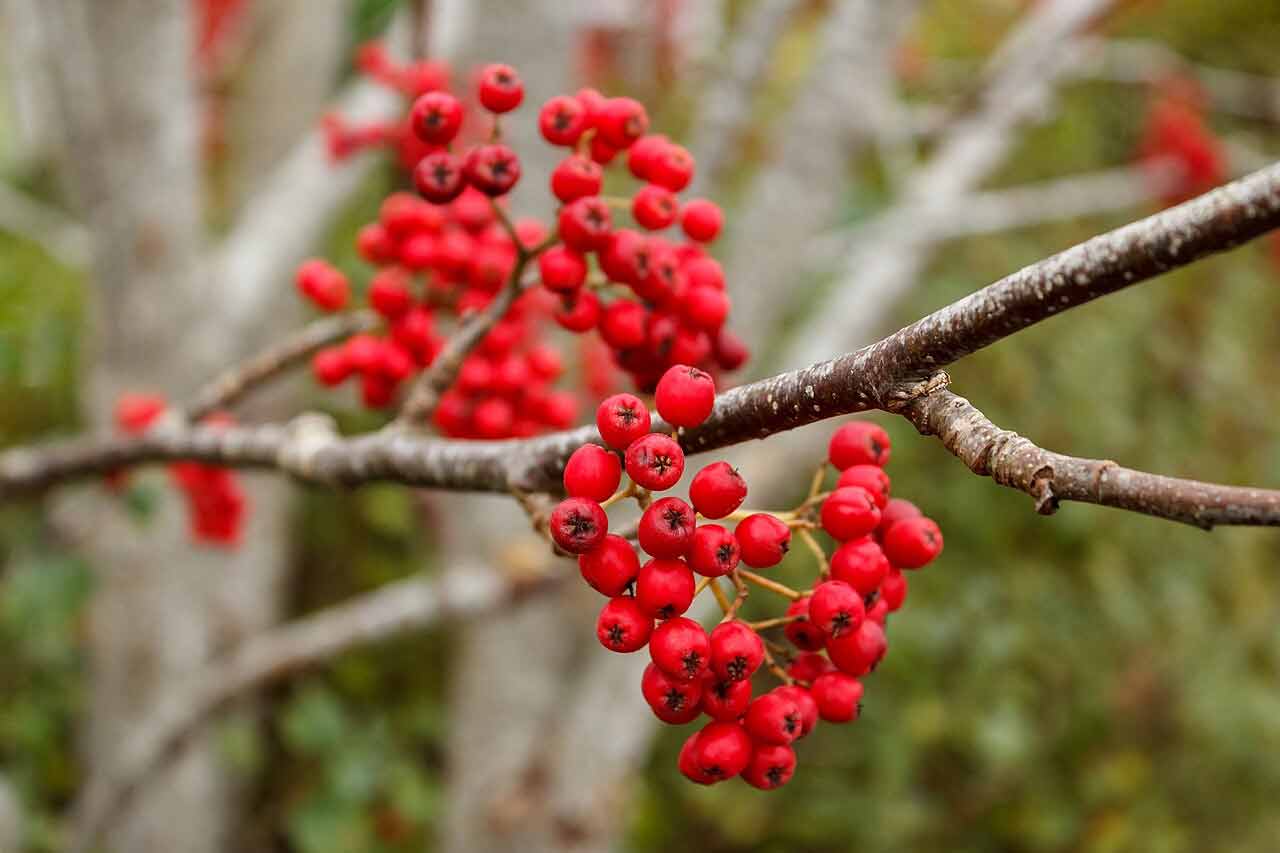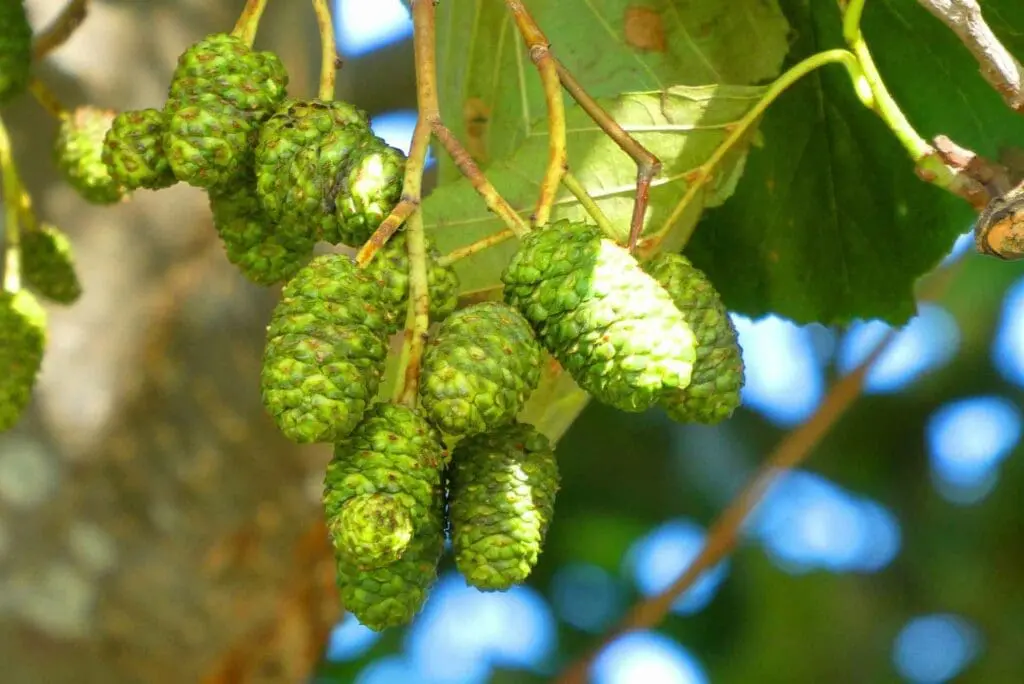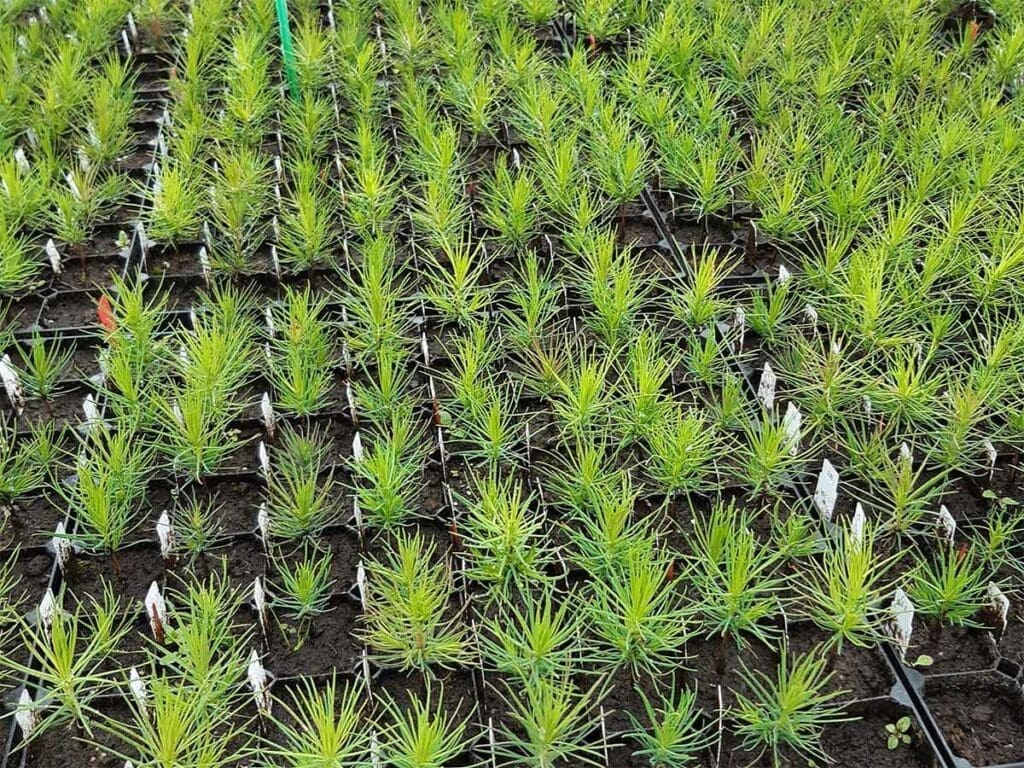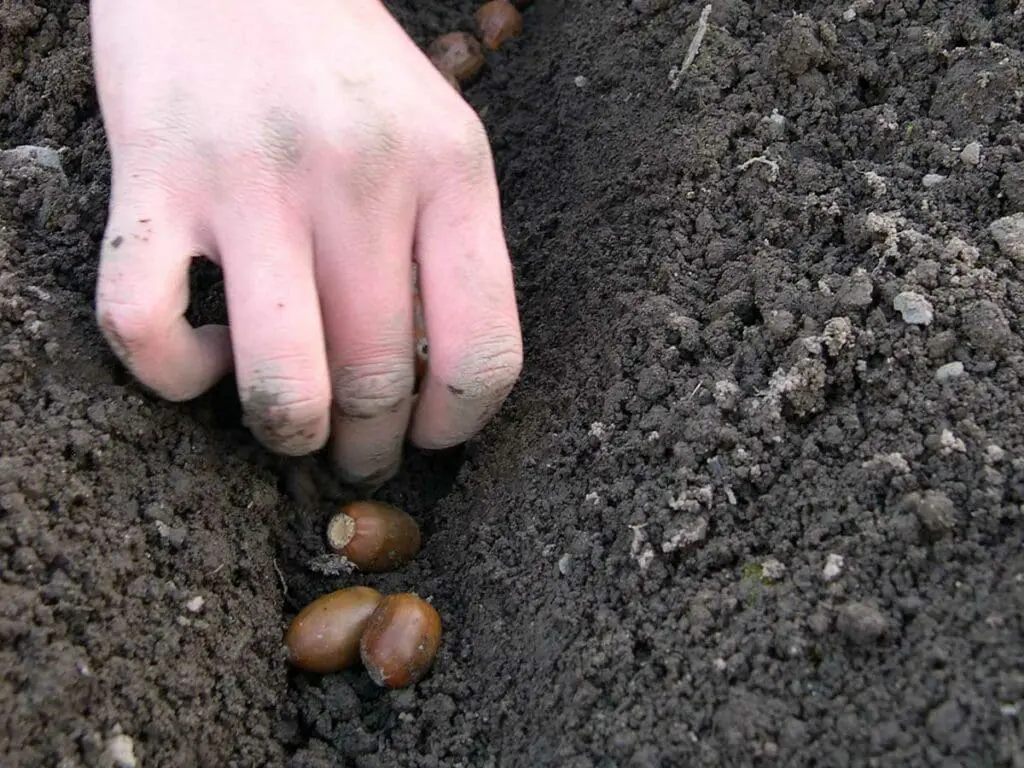- Common name: Rowan, Mountain Ash
- Scientific name: Sorbus aucuparia
- Family: Rose (Rosaceae)
- How to identify Rowan
Growing rowan from seed takes a little patience. By following the guide below, you can have good-sized young trees for planting out within a couple of years of collecting the seeds.
Picking rowan berries
Rowan berries ripen in late summer or early autumn. The end of August or early in September seems to be the best time to collect these scarlet berries. If you pick them too early, you risk the seeds being immature, whilst too late and the birds may have taken them.
Collect the bunches of berries straight from the tree by gripping the branch below the bunch and cutting with a pair of sharp secateurs. Take care not to remove next year’s bud! In this way, no damage is caused to the tree.
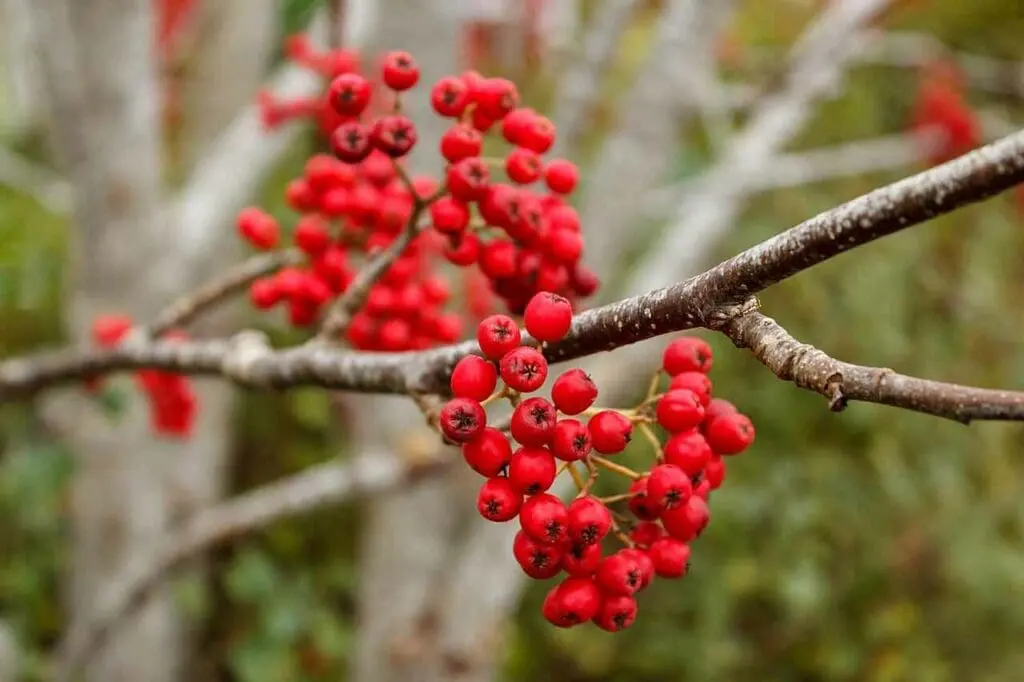
Extraction and storage
Rowan berries can be stored in buckets or bread baskets for a week or two provided they are kept in a cool, dry place.
Rowan is not the easiest of the berry fruits to extract the seed from, especially if they are under-ripe. Each of the four seeds in a berry clings to the inner flesh. Some people recommend leaving the berries to rot for a while so they soften, but others think that this will damage some of the seed. This is one fruit to experiment with.
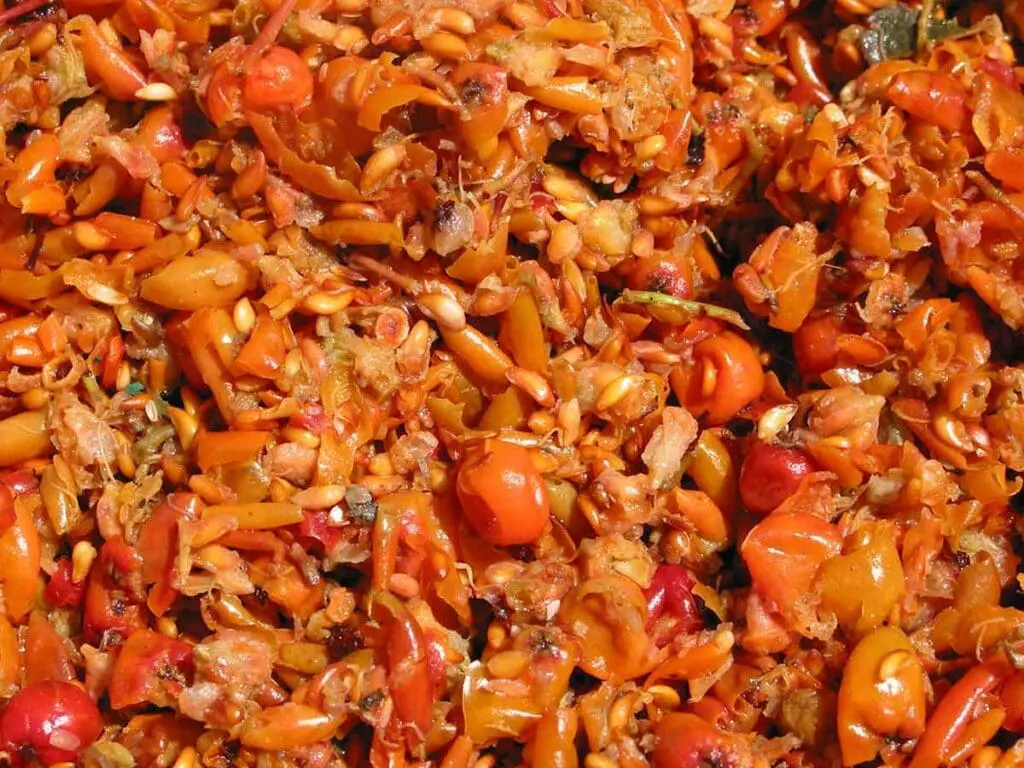
We persevere and extract the seed the traditional way, although we are very gentle with the delicate seeds. You will need a bucket or two, a flat-bottomed pole (for example, an old sawn-off spade handle), a sieve and access to a hosepipe or water supply. The berries are mashed and the waste and seed separated through the sieve. You may find it helps to ‘squash’ the seed through a riddle with your fingers. The riddle must be big enough for the seeds to go through, but small enough to allow the flesh to be crushed.
If you’ve only a few berries, you can simply squish them between your fingers to get to the seeds.
Pretreatment needed for rowan seeds
Rowan is relatively simple to germinate despite being difficult to extract. The extracted seed should be mixed with equal parts horticultural sand or a sand/compost mixture (for these seeds the addition of compost to the mixture can help break dormancy). Use 50% leaf mould or peat-free compost and 50% horticultural sand.
For each handful of seeds, add two or three handfuls of mixture. Select a pot that has enough room for this seed/sand mixture (and a bit more) and put a layer of stones in the bottom. Cover the stones with a thin layer of sand. Place the seed/sand mixture on top of this and cover this with 2-3cm sand. Label the pot and stand in a shady spot outdoors.
The pot needs to remain outside for the winter. Water the pots if they show signs of drying out and protect from birds and mice if they discover your seeds. Never allow the seeds to dry out, or they may not germinate in the first spring after collection.
Sowing rowan
In March check for signs of germination. If about 10% are growing, they are ready to sow. Or, if you’ve just a few seeds, sow them one-by-one as they germinate.
In a small container or rootrainer, sow four seeds and cover with no more than 5mm of compost or grit. Firm gently and water. On a seedbed broadcast the seed quite densely – aim for about 5mm between seeds. Firm with a roller or board to press the seed well into the soil. Cover with 5mm of grit.
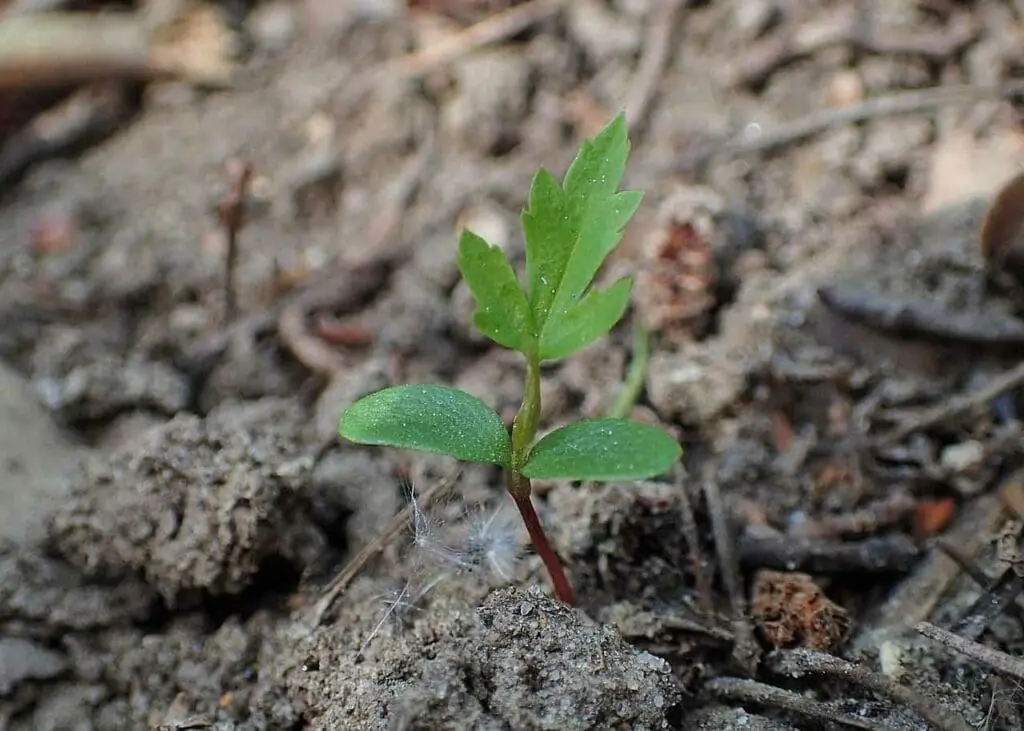
Watering
Ensure that the seeds are kept moist at all times. The seedling should appear within four weeks (quicker if you are growing under cover). Ensure they are kept moist (not wet).
Growing
Don’t forget to remove the weaker seedlings to leave the strongest if you are growing them in a container.
Rowan should grow quickly given the right conditions. They should be ready for planting out after either the first or second year.
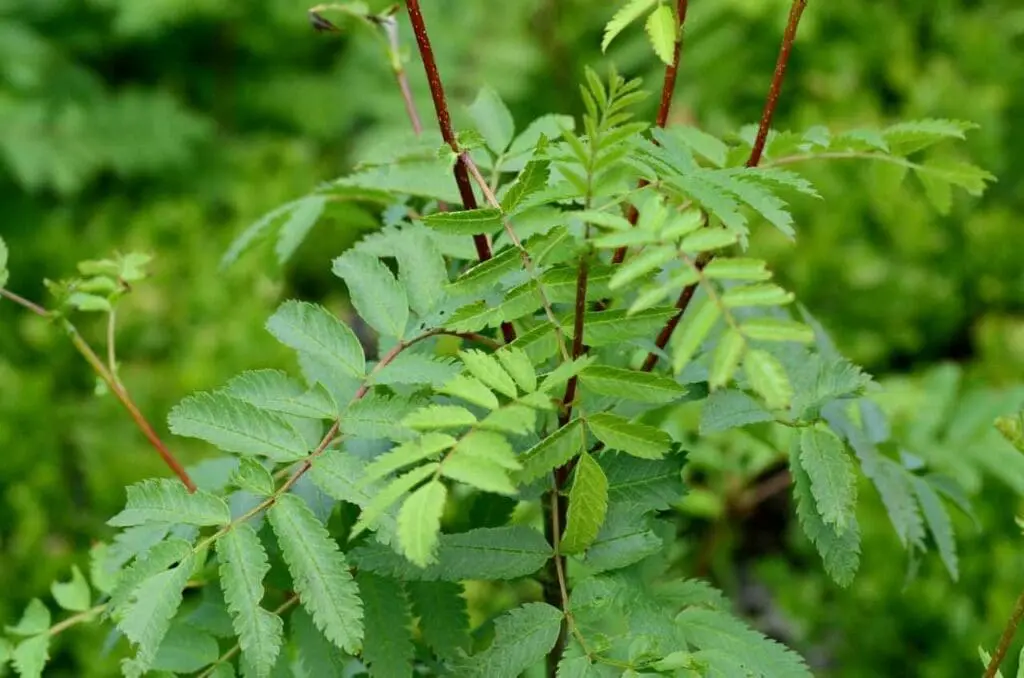
Planting
Prepare the site well by clearing away any weeds or grass and make a hole big enough to accommodate the root ball. Plant carefully in the hole, to the same depth as it was previously, and firm back the soil. Read more about how to plant trees.

